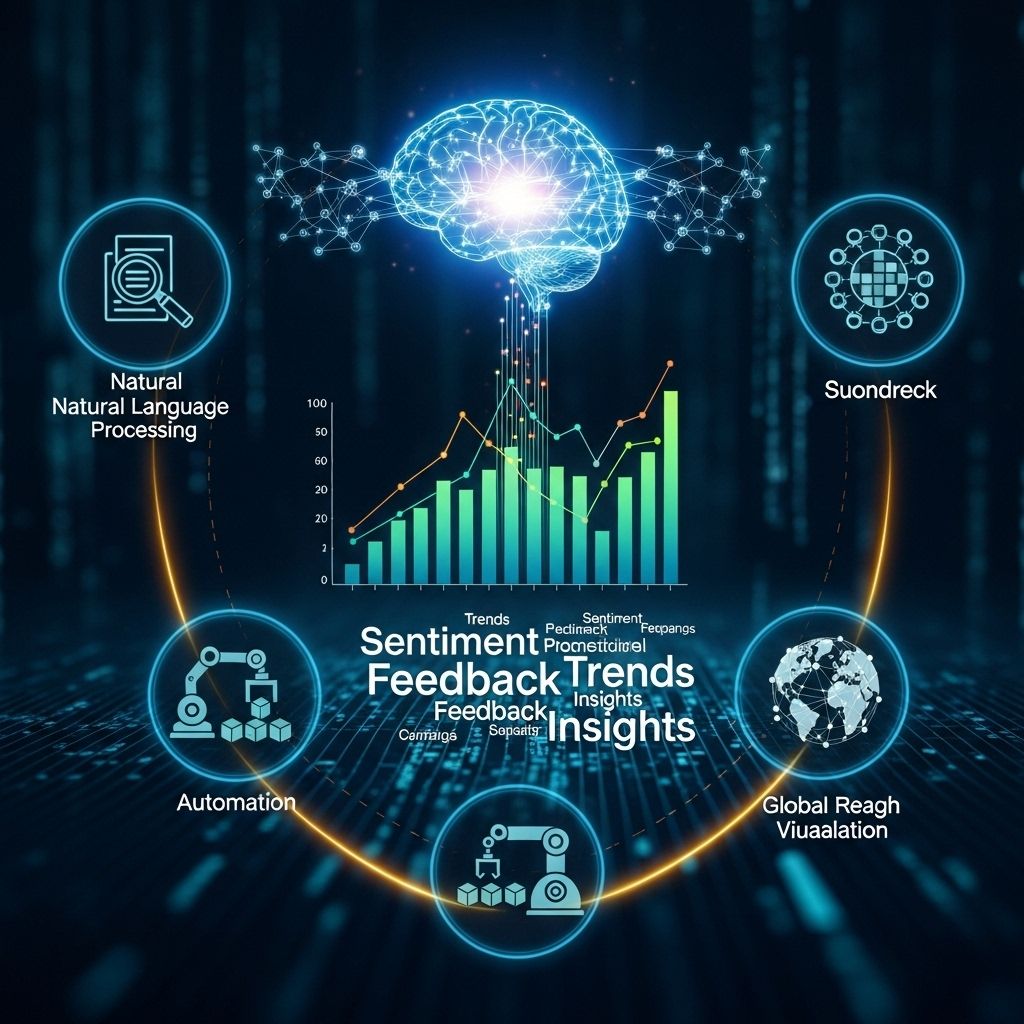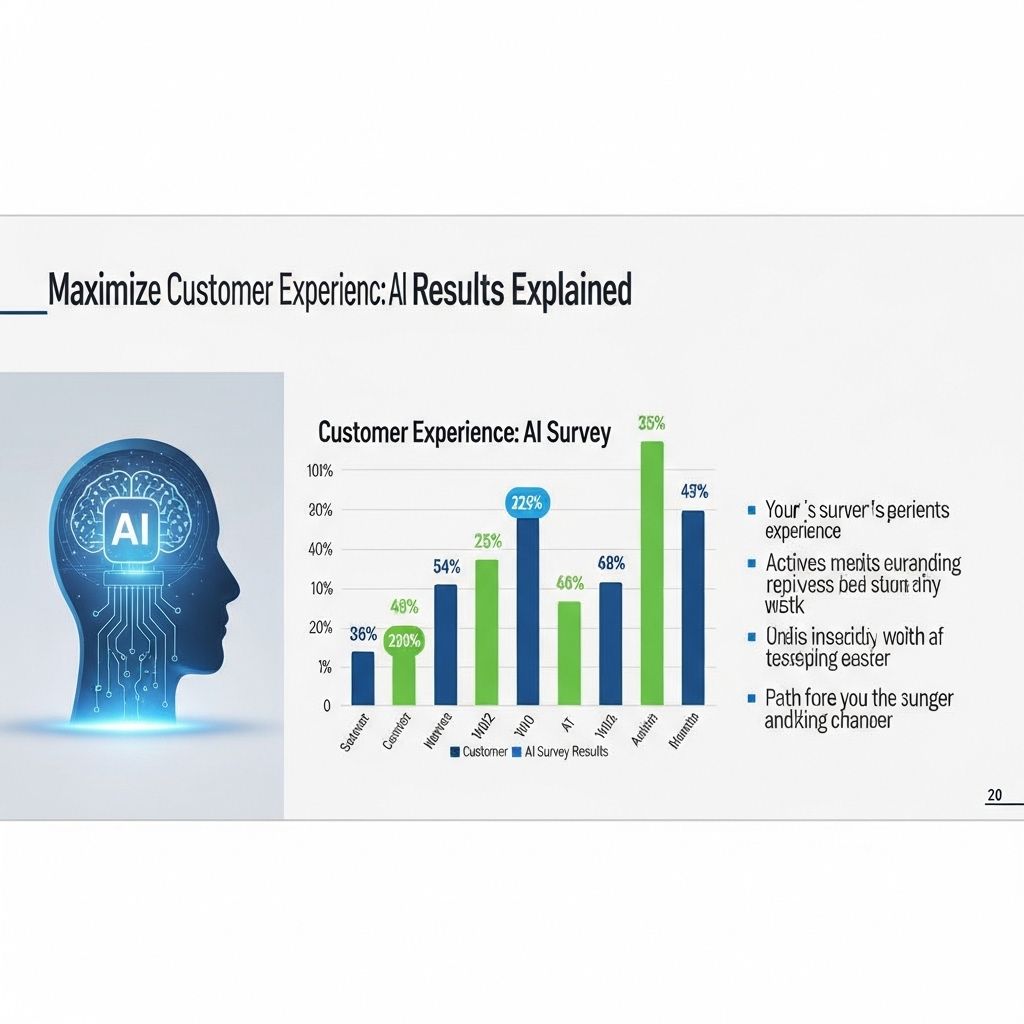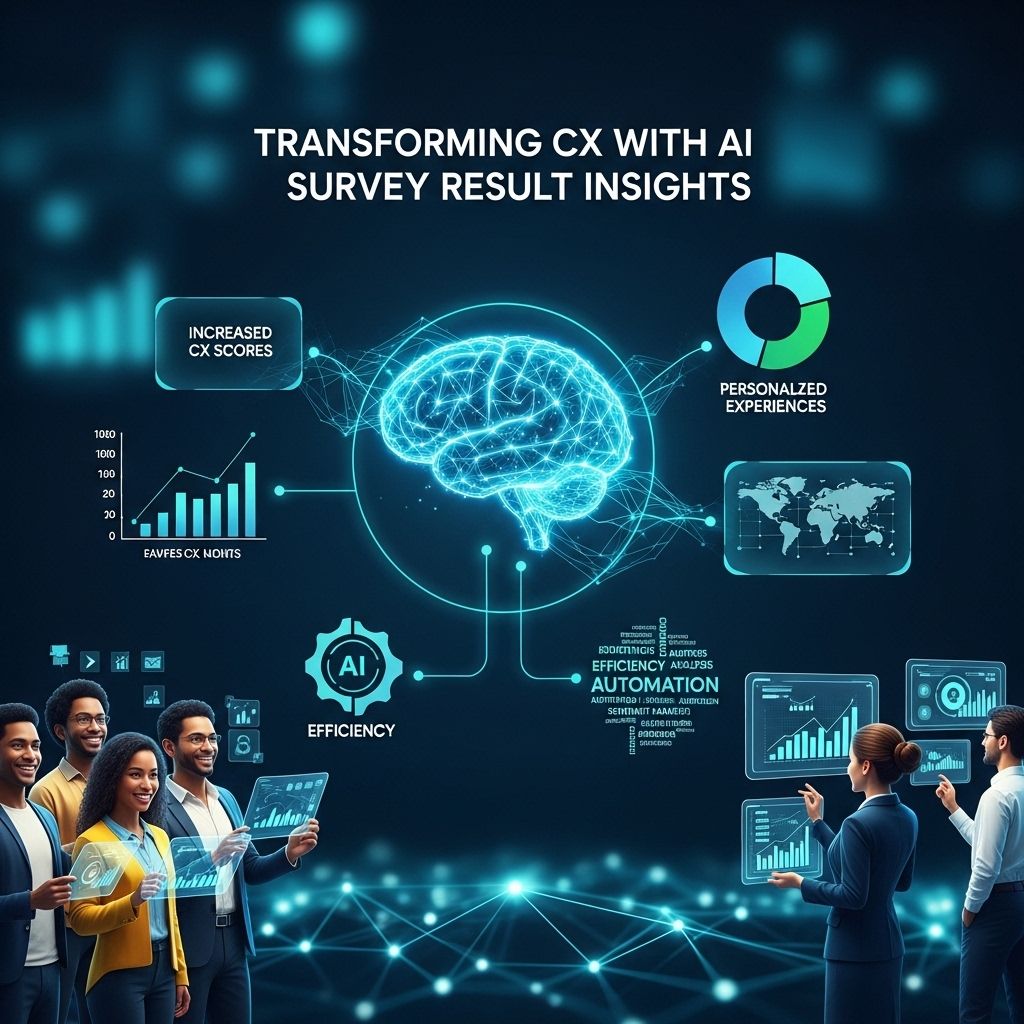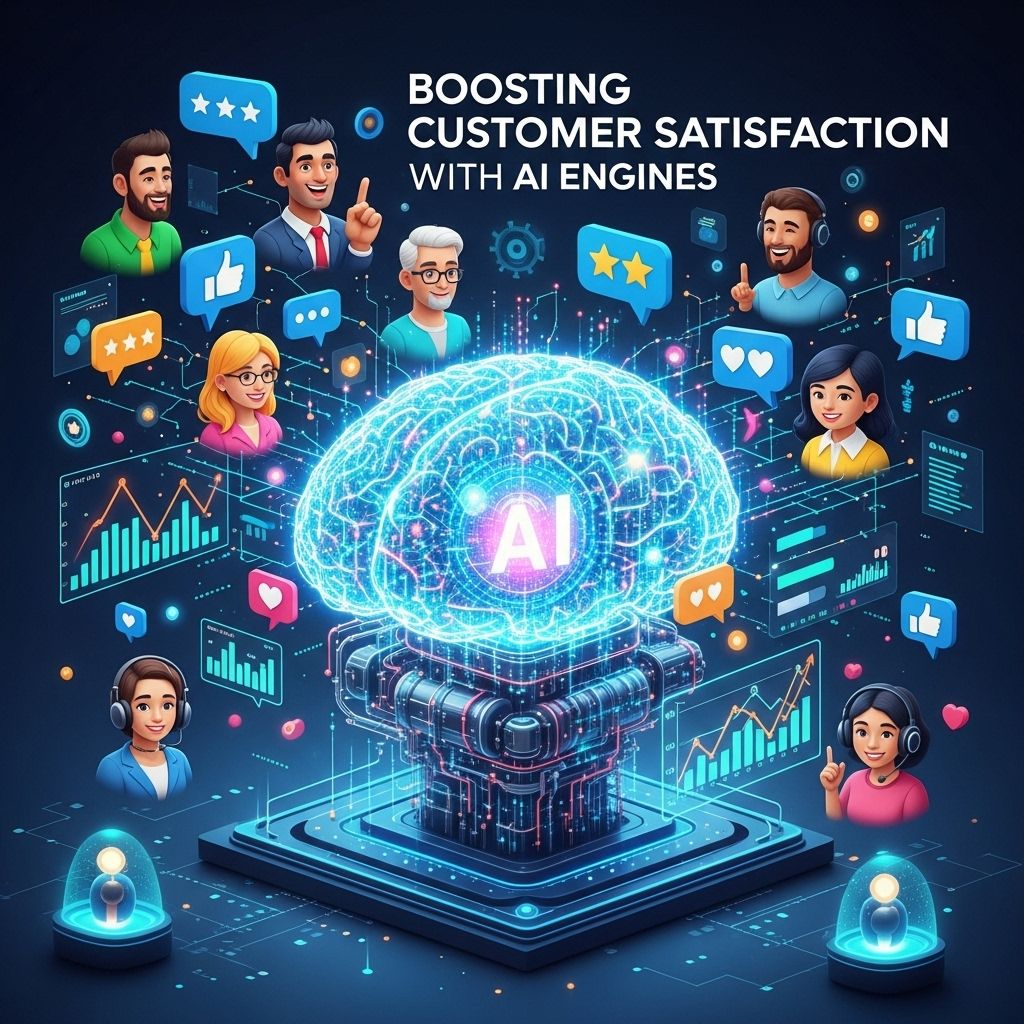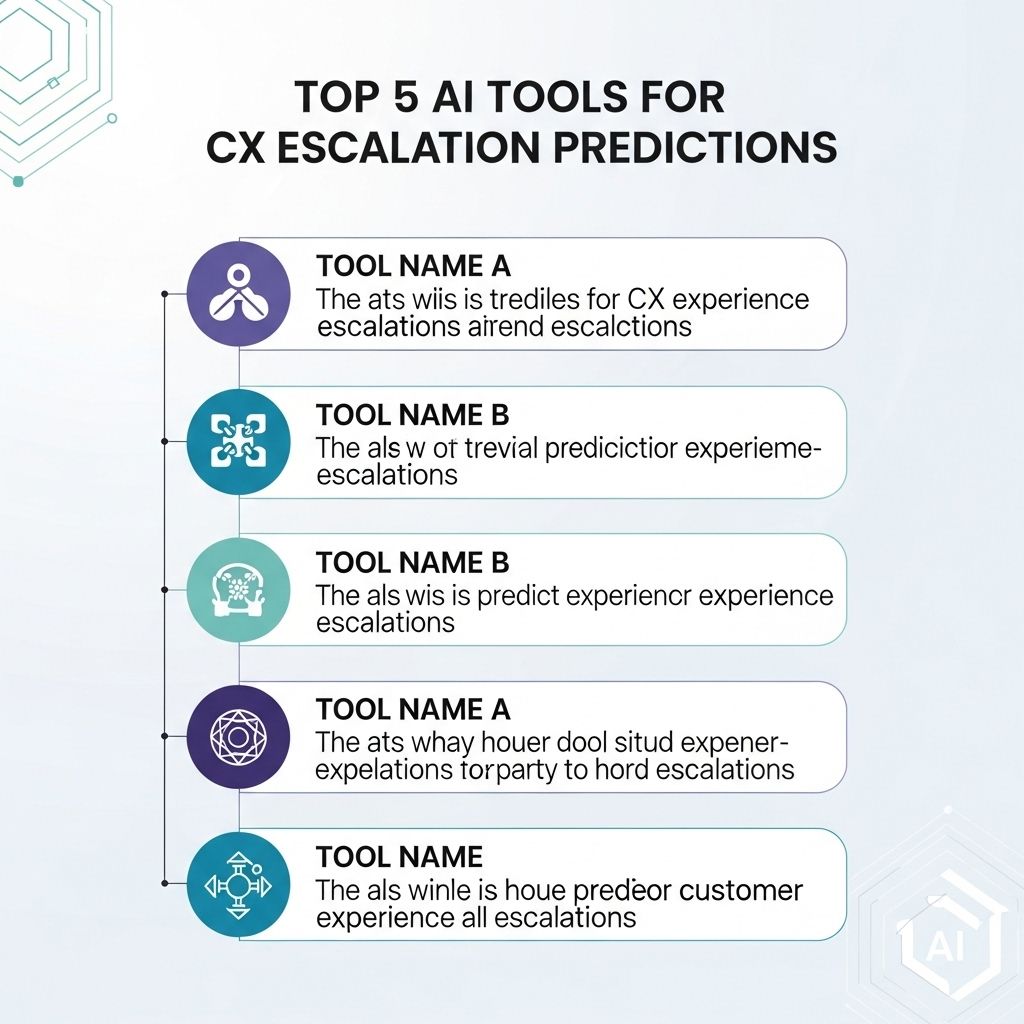Enhancing Customer Experience with AI Emotion Detection
Discover how AI emotion detection enhances customer experience by understanding emotions and personalizing interactions for better engagement.
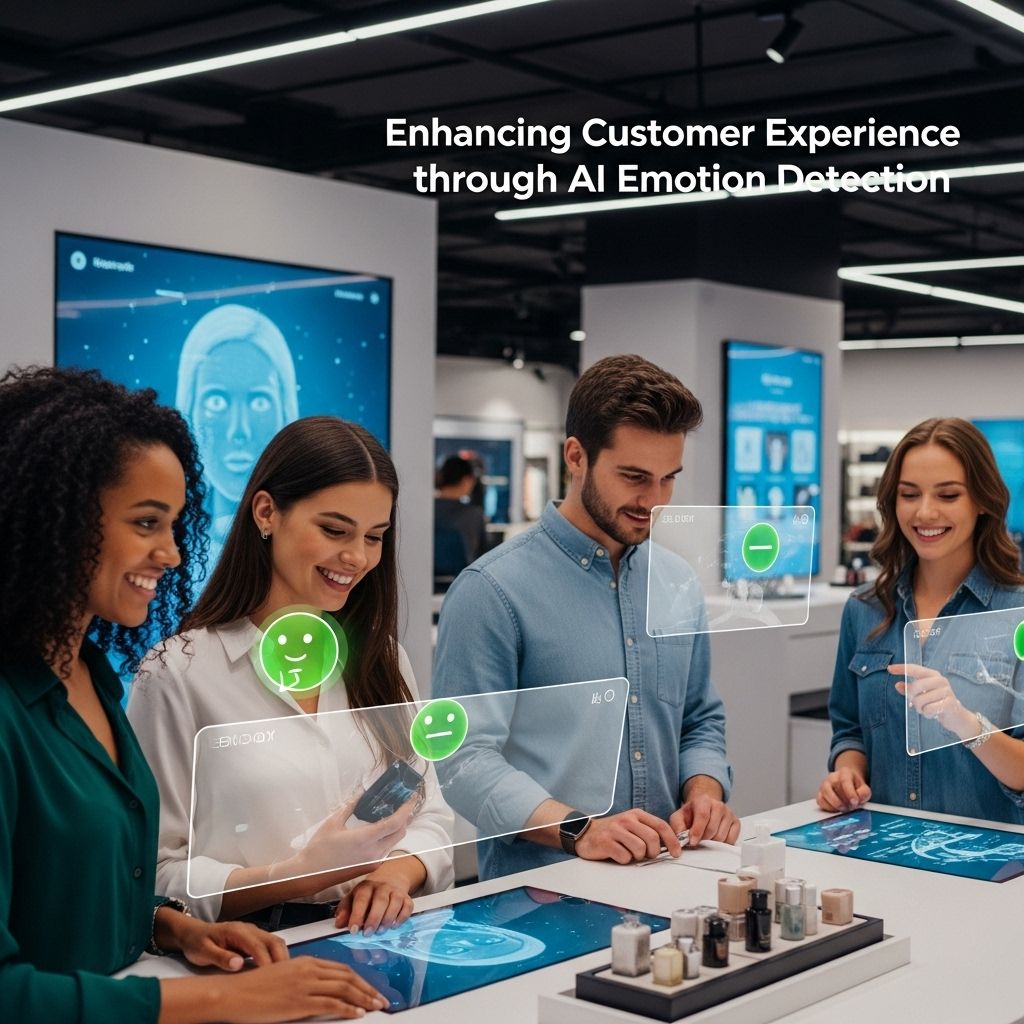
In today’s fast-paced digital landscape, businesses are constantly seeking innovative ways to enhance customer experience and foster deeper connections with their audience. One groundbreaking approach gaining traction is AI emotion detection. This technology analyzes customer interactions to ascertain their emotional states, enabling companies to tailor their responses and offerings accordingly. As we delve into the impact of AI emotion detection, we’ll explore its methodology, applications, and benefits, paving the way for a future where customer interactions are more personalized than ever.
Table of Contents
Understanding AI Emotion Detection
AI emotion detection involves the use of artificial intelligence algorithms to interpret human emotions based on various inputs, such as facial expressions, voice tone, and text. This technology relies on machine learning and deep learning models trained on vast datasets to accurately identify emotional cues. The primary objectives of emotion detection are to:
- Enhance engagement
- Improve service quality
- Increase customer satisfaction
How Does AI Emotion Detection Work?
AI emotion detection systems typically follow a series of steps to analyze emotional data. Here’s a simplified breakdown:
- Data Collection: Gathering data from various sources, including video, audio, and textual interactions.
- Preprocessing: Cleaning and normalizing the data to ensure accuracy.
- Feature Extraction: Identifying specific features relevant to emotional analysis, such as tone of voice or facial movements.
- Emotion Classification: Using trained models to categorize emotions into predefined categories, such as happiness, sadness, anger, and surprise.
Applications of AI Emotion Detection
The integration of AI emotion detection technology is transforming various sectors. Here are some prominent applications:
Retail and E-commerce
In the retail environment, understanding customer emotions can significantly affect sales outcomes. AI emotion detection can help:
- Gauge customer reactions to products in real-time.
- Optimize marketing strategies based on emotional responses.
- Provide personalized assistance through chatbots that adapt to user sentiment.
Customer Service
In customer support scenarios, emotion detection can be utilized to:
- Identify frustrated customers early on and escalate their issues.
- Train customer service representatives to respond more empathetically.
- Analyze customer interactions post-call to refine service strategies.
Healthcare
AI emotion detection can play a pivotal role in healthcare by:
- Monitoring patients’ emotional well-being.
- Facilitating better communication between patients and healthcare providers.
- Detecting signs of mental health issues through emotional trends.
Benefits of Implementing AI Emotion Detection
Integrating AI emotion detection within customer-facing strategies can yield several benefits:
| Benefit | Description |
|---|---|
| Improved Customer Insights | Gain a deeper understanding of customer preferences and pain points. |
| Personalization | Offer tailored responses and solutions based on emotional analysis. |
| Enhanced Loyalty | Build stronger customer relationships through empathetic interactions. |
| Competitive Advantage | Stand out in the marketplace by utilizing cutting-edge technology. |
Case Studies
To illustrate the power of AI emotion detection, let’s examine a few case studies:
Case Study 1: Retail Giant’s Market Strategy
A leading retail brand implemented emotion detection in their physical stores. By analyzing facial expressions of customers near products, they adjusted their marketing displays based on emotional reactions. This led to a 25% increase in sales for featured products within just one month.
Case Study 2: Call Center Transformation
A prominent telecommunications company incorporated emotion detection into their customer support call center. The AI system flagged calls with high frustration levels, allowing supervisors to intervene promptly. This resulted in a 30% reduction in customer complaints and enhanced agent performance.
Challenges and Considerations
Despite its promise, the implementation of AI emotion detection poses several challenges:
Data Privacy Concerns
With the collection of sensitive emotional data, companies must prioritize user privacy and comply with regulations like GDPR. Transparency about data usage is crucial.
Accuracy Issues
The accuracy of emotion detection systems can be impacted by cultural differences and context. Training AI on diverse datasets is essential to improve reliability.
The Future of AI Emotion Detection
As AI technology continues to evolve, the future of emotion detection looks promising. Emerging trends to watch include:
- Integration with Virtual Reality: Enhancing immersive experiences by adapting scenarios based on user emotions.
- More Accurate Algorithms: Continued advancements in machine learning will lead to better emotion recognition accuracy.
- Increased Adoption Across Industries: From education to entertainment, more sectors will leverage emotion detection for enhanced engagement.
Conclusion
AI emotion detection is reshaping how businesses understand and interact with their customers. By harnessing the power of emotional intelligence, companies can create more personalized, empathetic experiences that drive customer satisfaction and loyalty. As this technology matures and becomes more accessible, its potential to transform customer interactions will be realized across industries, paving the way for a new era of engagement in the digital age.
FAQ
What is AI emotion detection?
AI emotion detection refers to the use of artificial intelligence algorithms to analyze and interpret human emotions through various data inputs, such as facial expressions, voice tone, and body language.
How does AI emotion detection improve customer experience?
AI emotion detection enhances customer experience by providing businesses with insights into customer feelings and reactions, allowing for personalized interactions and timely responses to customer needs.
What industries can benefit from AI emotion detection?
Industries such as retail, healthcare, entertainment, and customer service can benefit from AI emotion detection by improving customer engagement and satisfaction.
Are there privacy concerns associated with AI emotion detection?
Yes, there are privacy concerns related to AI emotion detection, as it involves collecting and analyzing personal data. Businesses must ensure compliance with data protection regulations and prioritize customer consent.
Can AI emotion detection be integrated into existing customer service platforms?
Yes, AI emotion detection can be integrated into existing customer service platforms to enhance interactions and provide real-time feedback on customer sentiment.
What are some examples of AI emotion detection technologies?
Examples of AI emotion detection technologies include sentiment analysis software, facial recognition systems, and voice analysis tools that assess emotional tone.

